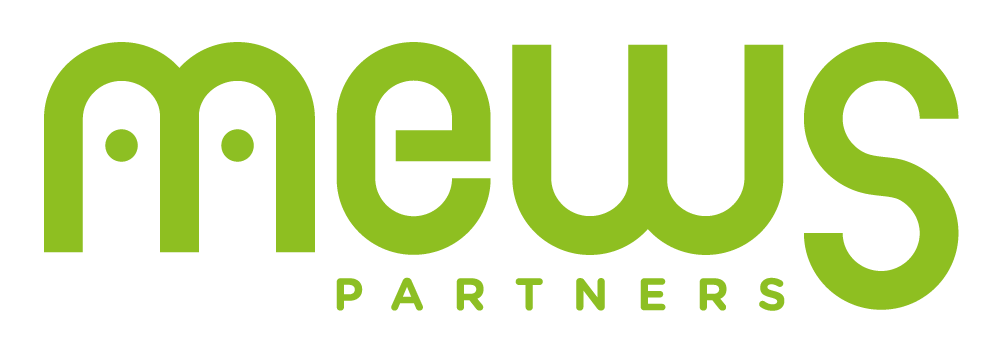European Defence Fund: Consortia facing the challenges of coopetition
/in Insights ArticleEarly February, the European Commission adopted the fifth annual work program of the European Defence Fund (EDF), allocating 1.065 billion euros to collaborative defence research and development projects. In a particularly uncertain and unstable global context, this strategic investment aims to strengthen the European Union’s defence capabilities, promote technological innovation and improve industrial competitiveness, as well as enhance Europe’s sovereignty and strategic autonomy.
Consortia have until October 16, 2025, to submit their applications, which will then be reviewed by the Commission to allocate budgets.
As we all know, the process of putting together a proposition is crucial: you must stand out, convince, engage, and above all, demonstrate the credibility of the consortium and its ability to meet the challenges that will arise.
But once a project has been accepted, the promise must be kept!
Succeeding in a collaborative project means orchestrating complexity with precision
And when it comes to delivering, the stakes are high: meeting deadlines, managing budgets and achieving concrete results. Project development must not only meet initial expectations but also adapt to unforeseen issues that may (or inevitably will) arise.
Let’s look at the main challenges that arise during this development phase.
Ensuring Proper Consortium Alignment Throughout the Project
Large-scale EDF projects involve various partners from different countries, sizes and organizational cultures. This diversity usually poses major challenges for industrial consortia to be aligned towards a common – and technically demanding – objective.
Each partner naturally enters the project with its own objectives and priorities in mind. Finding common ground, which is essential for aligning contributions with the specific needs of the development and purpose of this cooperative venture, can prove complex and a source of misalignment between parties, particularly detrimental to the project’s progress.
The management of trade-offs between the various stakeholders is therefore a continuous task throughout the development process. These complex negotiations must result in solutions that satisfy the needs and constraints of all partners, while respecting the inherent constraints of the project and its overall objectives.

Any friction that may arise due to differences in vision, methodologies or priorities must be anticipated and minimized, by setting up mechanisms for conflict resolution and collective decision-making processes.
A consortium’s proper alignment also hinges on its ability to centralize key information and make it accessible to all partners, and actionable by all.
Deliver truly relevant results
Defence projects, like many large-scale undertakings, must meet specific market needs, often before these have even been properly identified. These requirements can, moreover, quickly evolve in line with threats or emerging technologies. The definition, projection and delivery of use cases and system specifications that are truly aligned with these needs are imperative to ensure that the solutions developed are relevant, effective… and actually used!
Indeed, we know that the adoption of new technologies or solutions by end-users (in this case operational forces), can encounter certain resistance. Effective change management is a key factor in facilitating this adoption, as is proper consideration of user experience. Users should be involved from the earliest stages of the project, from design choices, to the provision of an appropriate training prior to operation.
This also requires the development of appropriate, high-impact go-to-operation strategies to ensure that developed solutions optimally reach their users. This market preparation stage can, for example, be supported by awareness-raising campaigns, demonstrations or pilot tests prior to product delivery.
Mastering a growing complexity to reach the right decisions

The last of the main challenges lies in the very nature of defence systems, whose growing complexity is due to the integration of multiple technologies and the need for precise coordination between different components.
Today’s technology can offer state-of-the-art solutions, which must be massively leveraged by those involved in such projects, at the risk otherwise of getting bogged down in tedious and uncertain decision-making.
Combining real data with simulations makes it possible to create realistic scenarios and test different strategies without risk. The development of hybrid models, integrating data science with multiphysics simulations, for example, enables a better understanding of the interactions between different components of the system.
AI can be used to analyse large quantities of data and provide valuable insights for decision-making. Predictive analysis uses statistical and machine learning techniques to forecast future results based on historical data. This makes it possible to anticipate problems before they occur, implement the most relevant proactive measures and prepare to mitigate their impact.
Anticipation, right from the proposal phase
One of the keys to success largely lies in anticipation for consortia aiming to access the European Defence Fund (EDF). From the formation of the consortium and the value proposition, the inherent challenges of the project must be addressed with a clear and proactive strategy.
The ability to foresee and prevent friction, to frame partners’ alignment, and to precisely orchestrate complexity are all elements that help to engage EDF decision-makers and convince them of the credibility of a consortium.
Obviously, this also contributes to ensuring effective collaboration throughout the project and, ultimately, tangible and relevant results.
We are a team of seasoned industry experts deeply engaged in projects. We have a proven track record in R&D collaborative projects as WP leader.
Our priority is to facilitate seamless collaboration, ensure market readiness, and enable the integration of complex systems, supported by 30 years of expertise in refining tools and methodologies. Mews Labs, our “digital innovation lab for industry” helps our industrial clients to solve complex problems and implement efficient and innovative solutions.


